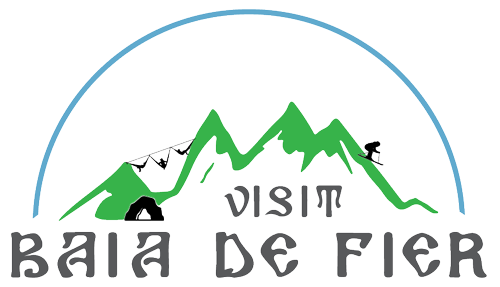Transaplina
The Transalpina is the highest road in Romania and in the entire Carpathian Mountains, reaching its highest altitude (2145 m) in the Urdele Pass. The Transalpina crosses the Parâng Mountains from north to south, running parallel to the Olt Valley and the Jiu Valley, between which it lies, and connects the Transalpina – Rânca town of Săliște in Sibiu county with the town of Novaci in Gorj county.
Rânca is located at an altitude of 1520 – 1580 m on the southern slope of Corneșu Mare Mountain (Parâng – South sector), being the most spacious tourist area in the Parâng Mountains area. Tourists are attracted by this location especially in the winter season, in Rânca numerous ski slopes with different lengths and degrees of difficulty have been built and put into operation, located up to 2000 m altitude.
The tourist trails in Ranca lead to areas of great beauty, to viewpoints such as Varful Mohor, Varful Setea Mare, Varful Papusa and also from here you can reach Obarsia Lotrului – the intersection of roads that cross from Oltenia to Ardeal (to the north – on the Frumoasei Valley, towards Sebes, to the west – towards the Jiu Gorge) and to Lake Vidra and Lotrului Valley. Built almost 70 years ago, the Transalpina rivals the Transfagarasan in beauty and spectacularity.
Ranca is a corner of paradise for those who want to retreat in the middle of nature, but it is also a place steeped in history. The Ranca resort was founded in 1930. The resort was born thanks to Dumitru Brezulescu who decided that this was a good place for tourism. In 1902, the young man united the villages of Gorizia in a project that became, over the years, the largest popular bank of interwar Romania. Even the first five huts at the Ranca resort were built with funds from the Popular Bank “Gilortul” (the name comes from the river that springs from the Parang Massif, crosses Novaci and flows into the Jiu).
The natural framework of the Ranca tourist complex is part of the tourist potential with a great complexity, diversity and landscape attractiveness, which is reflected in its structure and value: geological structure manifested by the mountain and sub-mountainous relief forms, different in appearance, the hydrographic network (narrow valleys, steep slopes) and the forest cover that occupies most of the surface.
The road crosses the Parang Mountains from N to S, being parallel to the Olt Valley and the Jiu Valley between which it lies. The DN67C Transalpina Sibiu-Ranca-Novaci road connects Transylvania and Oltenia and is 120 km long, of which 30 km at over 2,000 metres. The route is full of winding roads that offer a spectacular landscape: Stefanu river, Carbunele, Muntiu, Urdele, etc..
The length of the Transalpine is:
- 141 km from Novaci (Gorj) to Săliște (Sibiu) – this is the original Transalpine route
- 137 km from Novaci (Gorj) to Sebeș (Alba) for those who choose this route.






